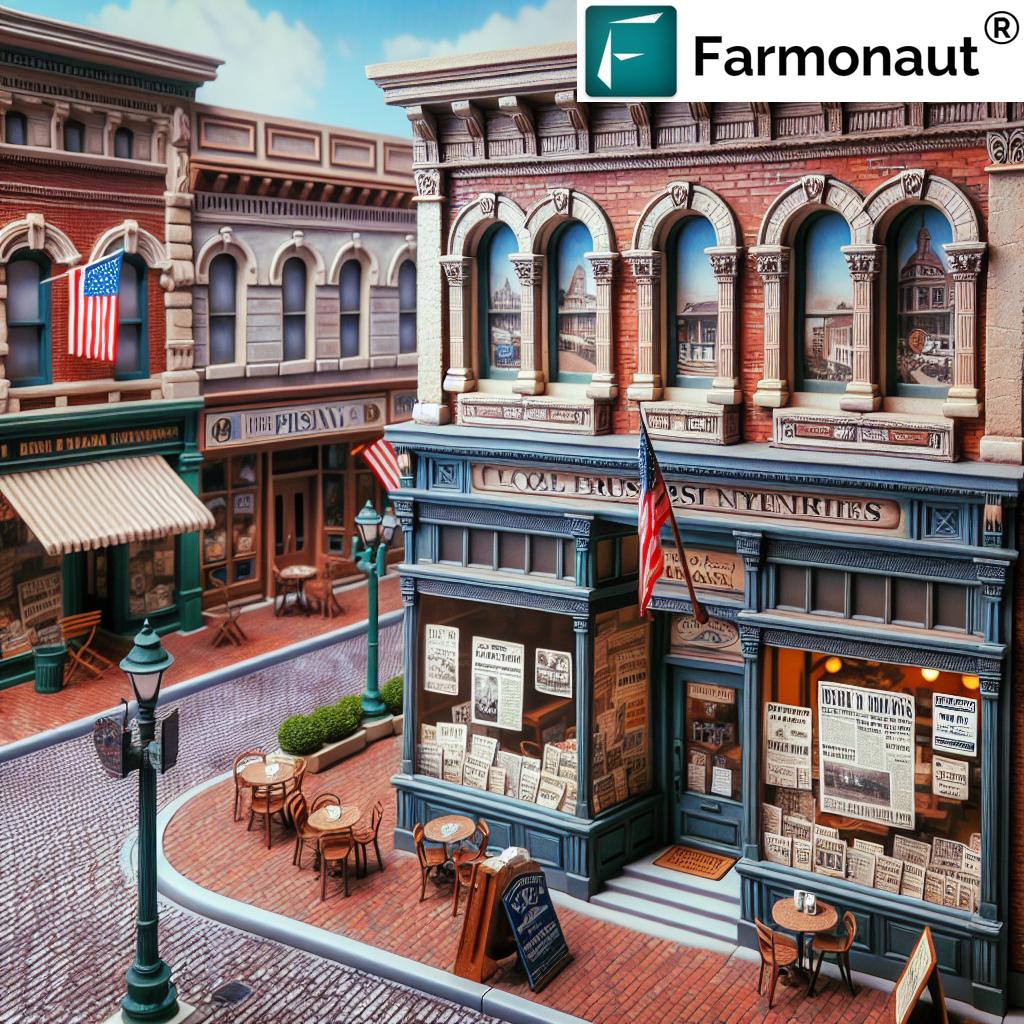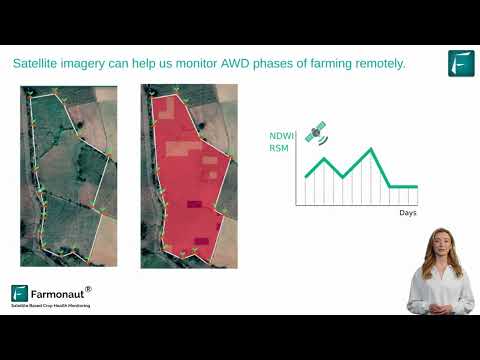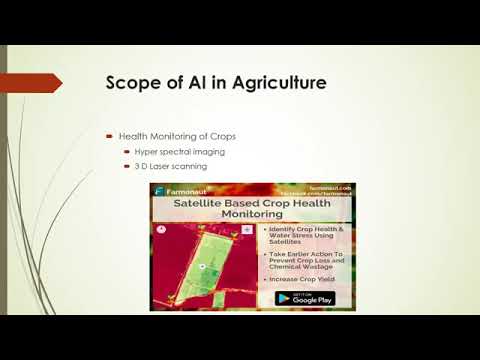Unveiling Florida’s Hidden Gems: Historic Downtown Businesses and Prime Fishing Spots
Welcome to our journey through time as we explore the rich tapestry of Florida’s historic downtown businesses and prime fishing spots. We’ll delve into fascinating local business stories, uncover the origin of popular phrases, and cast our lines into the bountiful waters teeming with large mouth bass. Join us as we unravel the threads of rural Americana, showcasing how agriculture, commerce, and community have intertwined over the decades.

“A 19th-century London inn coined the phrase ‘mind your p’s and q’s’, now used in business etiquette worldwide.”
The Origin of “Mind Your P’s and Q’s”
Let’s begin our journey with a fascinating tidbit from 150 years ago. The phrase “mind your p’s and q’s” has become a common adage in business and everyday life, but do you know its origin? According to “Judicial Anecdotes,” a volume published in London over fifty years ago, this popular saying has its roots in a 19th-century inn.
The story goes that an innkeeper in London kept track of his customers’ consumption by marking ‘p’ for pint and ‘q’ for quart on the door with a piece of chalk. One day, a customer refused to pay his bill, claiming he was frequently charged for quarts when he only ever had pints. The dispute led to a lawsuit, where the customer proved that his jug only held a pint. The judge, in his wisdom, dismissed the suit and advised the innkeeper to “mind his p’s and q’s” in the future. This clever judicial quip quickly caught on, becoming the adage we know today.
This anecdote not only provides us with an interesting origin story but also offers a glimpse into the historic business practices of the time. It shows how even simple record-keeping methods could lead to disputes and legal battles, emphasizing the importance of accurate business operations – a lesson that remains relevant in today’s digital age.
Florida’s Prime Fishing Spots: A Fisherman’s Paradise
Moving forward in time to 100 years ago, we find ourselves in the waters of Florida, where fishing enthusiasts like E. N. Tuttle were making headlines with their impressive catches. Tuttle’s vacation trip to Florida turned into an extended stay due to the incredible fishing opportunities he encountered.
The success of Tuttle’s fishing exploits in Florida waters was so remarkable that it caught the attention of his hometown. F. T. Montgomery received from Tuttle the heads of two big mouth bass, which were promptly displayed at Backer Brothers for other fishermen to inspect. These trophy catches were described as being two or three times larger than any bass caught in their local waters, showcasing the exceptional fishing opportunities Florida had to offer.
This story not only highlights Florida’s reputation as a prime fishing destination but also demonstrates the camaraderie and friendly competition among fishermen of the era. The practice of displaying impressive catches was a way to share experiences and inspire other anglers, a tradition that continues in many fishing communities today.
The Evolution of Farm Operations: A Case Study
As we move closer to the present day, we encounter a significant milestone in local farm operations. Seventy-five years ago, a substantial farm sale made headlines, showcasing the changing landscape of agriculture in the region.
“An 860-acre property sale marked a significant transformation in local farm operations, reshaping the agricultural landscape.”
Mrs. Minnie Ulch sold her 860-acre farm, known as ‘Kingdom Acres’ and the ‘old Tyke Harrison farm,’ to V. E. (Jake) Reed for $46,000. This sale was notable not just for its size but also for its impact on local agriculture. Reed, who already owned approximately 3,000 acres throughout Callaway, planned to improve the house and use the property as a stock farm.
The farm’s layout was split between two locations: 460 acres and a 10-room house north of Highway 40 and east of Highway 54, with the remaining 400 acres south of Highway 40 and east of Kingdom City. This division highlights the complex nature of large-scale farming operations and the strategic considerations involved in farm management.
Reed’s acquisition and plans for the property demonstrate the trend towards larger, more consolidated farming operations. As one of the owners of the Marriott-Reed coal mining company, Reed’s investment in agriculture also shows the diversification of business interests among local entrepreneurs.
This transaction, handled by the W. B. Harris Realty Company of Fulton, was noted as one of the largest in the county at the time. It serves as a prime example of how agricultural land transfers could reshape local economies and farming practices.
For modern farmers looking to optimize their operations, tools like Farmonaut’s large-scale farm management solutions can be invaluable. These advanced technologies offer satellite-based monitoring and AI-driven insights, helping farmers make informed decisions about crop health, resource allocation, and overall farm productivity.
Downtown Merchant Giveaways: A Community Celebration
Fifty years ago, the spirit of community and local business thrived in downtown areas, as evidenced by the exciting Downtown Merchants’ Association Great Bunny Giveaway. This event captured the imagination of local children and brought the community together in a delightful way.
Children eagerly participated by stuffing cigar boxes full of slips with their names, hoping to win one of the coveted stuffed bunnies. The excitement was palpable as winners were announced from various downtown stores:
- Brooke Beaver won two bunnies from Tutt’s and J. C. Penney’s
- Tony Hartman claimed prizes from Montgomery Ward and Western Auto
- Ronnie Hoover won at Stewart’s Book Store
- Glenda Hoover was victorious at Dora’s
- Jeff Dunavant received a bunny from Riley Family Shoes
- Joy Dunavant won at Taylor’s Jewelry
The list goes on, with winners from Cecil’s Restaurant, Betty’s Yarns and Gifts, Saults Drug Store, Courtesy Cleaners, Mattingly’s, Klobuchar Shoes Store, Dunavant’s Drug Store, Pick’s, Renner’s Market, P. N. Hirsch and Co., Depping’s Fabrics, and Blattner Dry Goods.
This giveaway event not only brought joy to the children but also highlighted the vibrant downtown business scene. It showcased the diverse range of stores that made up the heart of the community, from bookstores and jewelers to shoe shops and fabric stores. Such events were crucial in fostering a sense of community and supporting local businesses, a practice that many towns are trying to revive today.

The Enduring Legacy of Downtown News Agencies
As we approach more recent times, we encounter the story of Lloyd Talbert and his wife Helen, owners of the Fulton News Agency for 43 years. Their journey from selling magazines as youngsters to running a thriving news agency is a testament to the enduring spirit of small business owners.
Lloyd Talbert purchased the news agency in 1957 from Sam Muir, transforming his childhood hobby of selling magazines into a lifelong career. The Fulton News Agency, located in the heart of downtown, became a cornerstone of the community, offering a variety of magazines, paperbacks, and newspapers.
The business evolved over the years, starting with the sale of daily editions of the St. Louis Post Dispatch and the Globe Democrat. Mrs. Talbert would personally hand out papers to passersby, embodying the personal touch that characterized small-town businesses.
Talbert’s recollections paint a vivid picture of the changing downtown landscape. He remembers the Auto Parts store, Bass Plumbing, Pickering’s Tin Shop, and the Thrifty Finance Company that once occupied nearby spaces. The building that later housed the Bunny Patch and the Court Street Café was once home to the Standard Drugstore, where Talbert met his wife.
Despite the changes around them, the Talberts’ business remained a constant in the community. Lloyd Talbert proudly claimed, “I’m the only thing that hasn’t changed,” highlighting the stability and reliability of their news agency in a changing world.
A World War II Hero’s Journey
Lloyd Talbert’s story goes beyond his business acumen. He was also a decorated World War II veteran, exemplifying the generation that shaped post-war America. Talbert enlisted in the Army in April 1943 and went on to fight in the Battle of the Bulge with the 17th Air Borne in August 1944.
He participated in Operation Varsity, the largest airborne operation ever conducted on a single day and in one location. This operation was the last large-scale Allied airborne operation of WWII, marking a significant moment in history.
Talbert’s military service earned him several decorations, including:
- Purple Heart
- Bronze Star Medal
- Combat Infantry Badge
- Good Conduct Medal
- Three Bronze Stars
His transition from war hero to small business owner is a narrative shared by many of his generation, who returned from the war to build and shape their communities. Talbert’s story is a powerful reminder of the sacrifices made by veterans and their contributions to local business and community life.
The Impact of Technology on Modern Agriculture
As we reflect on these historical anecdotes, it’s fascinating to consider how technology has transformed agriculture and rural businesses. Today, farmers have access to advanced tools that would have seemed like science fiction to their predecessors.
For instance, Farmonaut’s crop loan and insurance solutions use satellite technology to verify farm conditions, making it easier for farmers to access financial support. This technology bridges the gap between traditional farming practices and modern financial services, ensuring that farmers can get the backing they need to thrive.
Similarly, carbon footprinting tools help farmers monitor and reduce their environmental impact. As sustainability becomes increasingly important in agriculture, these technologies enable farmers to make informed decisions that benefit both their operations and the planet.
Preserving History While Embracing Progress
As we conclude our journey through Florida’s hidden gems, from historic downtown businesses to prime fishing spots, we’re reminded of the importance of preserving our local histories while embracing technological progress. The stories of innkeepers, fishermen, farmers, and war heroes form the rich tapestry of our communities, each thread contributing to the larger narrative of rural America.
Today, while we may not see downtown merchant giveaways or vintage news agencies as frequently, the spirit of community and entrepreneurship lives on. Modern farmers use satellite imagery and AI to optimize their crops, while downtown businesses leverage social media and e-commerce to reach customers. The essence of these communities – their resilience, adaptability, and strong sense of local identity – remains unchanged.
For those interested in supporting modern agricultural practices while honoring our farming heritage, consider exploring Farmonaut’s traceability solutions. These tools help ensure transparency in the food supply chain, connecting consumers with the stories behind their food – much like how the tales of big mouth bass once connected local communities with their fishermen.
Looking to the Future
As we look to the future, it’s clear that the spirit of innovation and community that characterized these historical anecdotes continues to drive progress in our rural areas. From the origins of common phrases to the evolution of farming practices, our journey through time reveals the constant interplay between tradition and innovation.
For those inspired by these stories and looking to contribute to the future of agriculture, consider exploring opportunities with Farmonaut. Their affiliate program offers a chance to be part of the agricultural technology revolution while earning income:
Earn With Farmonaut: Earn 20% recurring commission with Farmonaut’s affiliate program by sharing your promo code and helping farmers save 10%. Onboard 10 Elite farmers monthly to earn a minimum of $148,000 annually—start now and grow your income!
Learn More About Farmonaut’s Affiliate Program
Historic Downtown Businesses and Fishing Spots Timeline
| Year | Downtown Business Highlights | Fishing/Agricultural Milestones |
|---|---|---|
| 1875 | Origin of ‘mind your p’s and q’s’ in London inn | – |
| 1925 | – | Large mouth bass headlines in Florida waters |
| 1950 | – | 860-acre ‘Kingdom Acres’ farm sold for $46,000 |
| 1957 | Lloyd Talbert purchases Fulton News Agency | – |
| 1975 | Downtown Merchants’ Association Great Bunny Giveaway | – |
| 2000 | Fulton News Agency celebrates 43 years in business | – |
| Present Day | Integration of digital technologies in local businesses | Advanced satellite-based farm management solutions |
Frequently Asked Questions
- What is the origin of the phrase “mind your p’s and q’s”?
The phrase originated from a 19th-century London inn where the innkeeper used ‘p’ for pint and ‘q’ for quart to track customer consumption. - How has fishing in Florida changed over the past century?
While Florida remains a prime fishing destination, the size and abundance of catches, particularly large mouth bass, have likely changed due to environmental factors and fishing regulations. - What was the significance of the 860-acre farm sale in 1950?
This sale represented a significant shift in local agriculture, demonstrating the trend towards larger, consolidated farming operations. - How did downtown merchant giveaways contribute to community life?
These events fostered community spirit, supported local businesses, and created lasting memories for residents, particularly children. - What role did World War II veterans play in shaping local businesses?
Many veterans, like Lloyd Talbert, transitioned from military service to become small business owners, contributing significantly to post-war economic growth and community development.
Embracing Agricultural Innovation
As we’ve journeyed through the rich history of Florida’s downtown businesses and fishing spots, it’s clear that innovation has always been at the heart of progress. Today, farmers and agricultural businesses have access to cutting-edge technologies that can dramatically improve their operations.
Farmonaut offers a range of solutions designed to bring precision agriculture to farmers of all scales. Whether you’re managing a small family farm or overseeing large-scale operations, there are tools available to help you optimize your efforts:
- Satellite-based crop monitoring: Get real-time insights into crop health and soil conditions.
- AI-driven advisory systems: Receive personalized recommendations for crop management.
- Fleet management tools: Optimize your agricultural machinery and logistics.
- Traceability solutions: Ensure transparency in your supply chain from farm to consumer.
To explore these innovative solutions and see how they can benefit your agricultural operations, consider trying Farmonaut’s services:
For developers interested in integrating agricultural data into their own applications, Farmonaut also offers comprehensive API solutions:
Conclusion: Bridging Past and Future
As we conclude our journey through Florida’s hidden gems, from historic downtown businesses to prime fishing spots, we’re reminded of the enduring spirit of innovation and community that has shaped our rural landscapes. The stories we’ve explored – from the origin of common phrases to the evolution of farming practices – showcase the constant interplay between tradition and progress.
Today, as we face new challenges in agriculture and rural development, we can draw inspiration from the resilience and adaptability demonstrated by those who came before us. By embracing modern technologies while honoring our rich heritage, we can ensure that our communities continue to thrive and evolve.
Whether you’re a farmer looking to optimize your operations, a business owner seeking to connect with your local community, or simply someone interested in the rich tapestry of rural American life, there are always new stories to discover and new innovations to explore. As we look to the future, let’s remember the lessons of the past and continue to write new chapters in the ongoing story of our communities.







